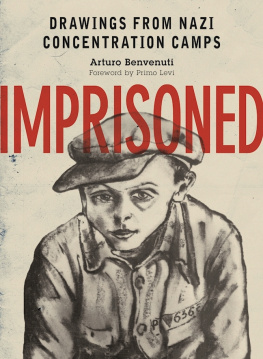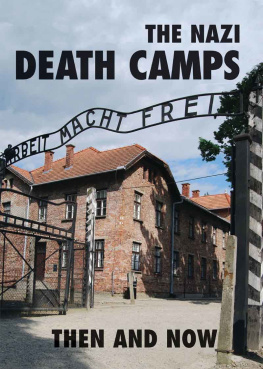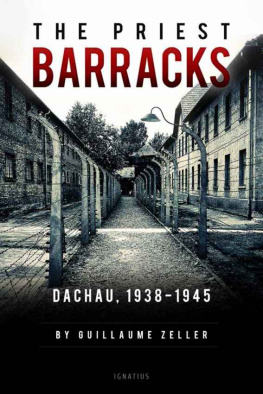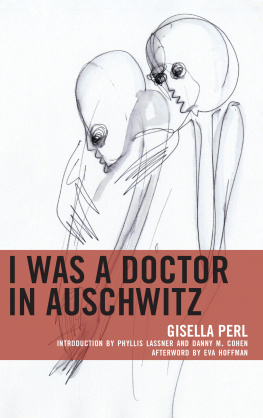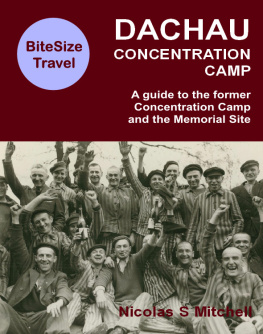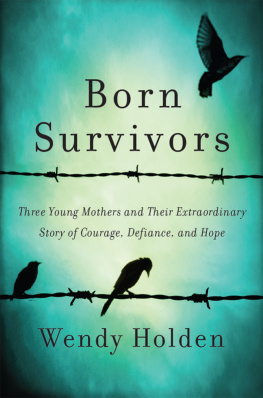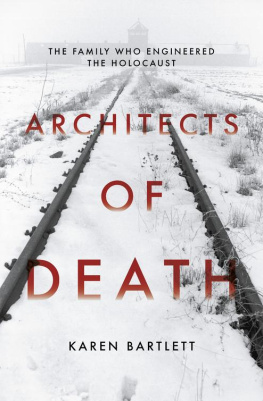

Translation copyright 2016 by Skyhorse Publishing
Originally published as K.Z., disegni dai campi di concentramento nazifascisti by BeccoGiallo, Italy.
Copyright 1984 by Arturo Benvenuti. Published by agreement with BeccoGiallo.
Photo of isolation cell at Auschwitz by Jorge Gonzalez on .
All rights reserved. No part of this book may be reproduced in any manner without the express written consent of the publisher, except in the case of brief excerpts in critical reviews or articles. All inquiries should be addressed to Skyhorse Publishing, 307 West 36th Street, 11th Floor, New York, NY 10018.
Skyhorse Publishing books may be purchased in bulk at special discounts for sales promotion, corporate gifts, fund-raising, or educational purposes. Special editions can also be created to specifications. For details, contact the Special Sales Department, Skyhorse Publishing, 307 West 36th Street, 11th Floor, New York, NY 10018 or .
Skyhorse and Skyhorse Publishing are registered trademarks of Skyhorse Publishing, Inc., a Delaware corporation.
Visit our website at www.skyhorsepublishing.com.
10 9 8 7 6 5 4 3 2 1
Library of Congress Cataloging-in-Publication Data is available on file.
Cover design by BeccoGiallo
Cover: Portrait of Giovanni from Rzeszw by Jawiecki Franciszek
Print ISBN: 978-1-5107-0666-8
Ebook ISBN: 978-1-5107-0668-2
Printed in China
The further that time distances us from it, and although the decades that have followed have not spared us violences or horrors, the story of Hitlers concentration camps is increasingly considered to be a unicum , an exemplary episode in the negative: Man, you, were capable of doing this, the civilization of which you boast is a gloss, a garment, and when a false prophet comes and tears it off you, naked, you are a monster, the cruelest of animals.
Since then, National Socialism (except for the few raving voices that justify, deny, or even celebrate its crimes) has been a reference point, a knot to be avoided. Countless works of testimony and analysis have appeared, but until now a book like this one has been missing in Italy. I think that, beyond pure remembrance, it has its own specific merit. In describing these horrors, words prove insufficient. The images reproduced here are not equivalents or surrogates: they replace the word, but with an advantagethey say what the word is not able to. Some have the immediate power of art; all have the raw power of the eye that has seen and that transmits its indignation.

For this collectionas Benvenuti too has seenworks produced after the fact, cold, in a studio, would have struck a false note, just as, even when written with the purest of intentions, the books where the camps have been fictionalized sound wrong. Here, save a few exceptions, the works come from there, from the hands of those who saw and experienced, and the exceptions are mostly from those who entered the camps as liberators and captured their final, convulsive images.
The editor is not a survivor of the concentration camps. He is an observant and devout man, sensitive to the past and the present; he is a poet-painter to whom, especially for this singular book he composed with such care, we all owe a little something.
Primo Levi
October 27, 1981
Without Words
The idea for this book is not from today. Today, it has come into being for a variety of reasons that I need not enumerate here. Everyone, generations old and new, is familiar with the accounts of human life from at least the last twenty years. There is plenty, if Im not mistaken.
We all know how and where freedom and the sacrosanct rights of humanity ended up.
No doubts remain.

They told us: no more wars, no more oppression, persecution, genocide. Words. Nothing but words. And a sea of rhetoric. Exhausted, hypocritical rhetoric.
Humanity continues to kill, to massacre, to persecute, with increased ruthlessness. Before eyes that are increasingly indifferent, passive. When not complicit. Theres no pity for the elderly, for women, for children. Theres no pity for anyone anymore. Man is wolf to man, today as much asand more thanyesterday.
Arturo Benvenuti
The older generations seem to have learned very little; the new ones dont seem to want to learn any more. Wars continue to sow slaughter. Behind the barbed wire of new concentration camps, it has gone on; humanity has gone on being suppressed.
Most of all, this book aims to beattempts to bea contribution to the just revolt on behalf of those who feel like they cant, in spite of everything, resign themselves to a monstrous, terrifying reality. Those who believe they must still and always resist. Without empty words. Without rhetoric. Just as without words or rhetoric resisted the authors of these images, awful testimonies of an immense tragedy. Acts of accusation, but also unequivocal messages from yesterday for today. Without useless speeches. Theres really no need.

Editors Note
I confess that, for me, organizing this project wasnt without its perplexities, especially concerning the methods of gathering and selecting this particular form of testimony given by artalmost always created in prohibitive material and spiritual conditions and at the risk of deathfrom the Nazi-Fascist concentration and extermination camps.
A book of art or of testimony, then? Testimony, however valid, does not always possess the necessary aesthetic criteria to support rigorous analysis. However, is it possibleor legitimate, I would sayto maintain the rigidity of the stern judge, the cold aesthete, with a project like this one?
This is why I decided to reconcile, within the limits of possibility, both of these demands, without losing sight of the fact that my primary intention had been to focus on testimoniestestimonies made by people of the most diverse nationalities, because there were few countries spared from experiencing and suffering the horrors of the immense tragedy.
I came to the conclusion that they could only be testimonies from people who, for one reason or another, had had a personal relationship, direct experience, with the concentration and extermination camps. It seemed right, then, and logical, to principally direct my attention to those made during that tragic time, or at most, immediately thereafter. Furthermore, I set out to explore graphic production (understanding the term graphic here in its larger sense, to include drawing, various engraving techniques, and watercolor), except for oil painting, which was done in the camps to a far lesser extent and in completely specific situations, and therefore of less interest for my project.
So then which of the many, many testimonies (there are thousands, for the victims number millions) should be privileged? What are the criteria for selection?
Next page
